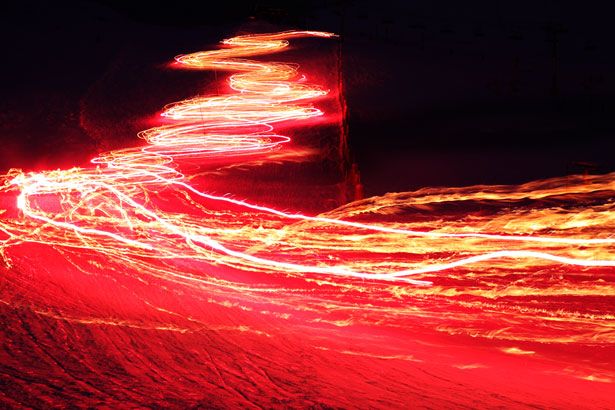Page 8968
Apr 4, 2019
MDMA Can “Reopen” a Part of the Brain That Closes After Puberty
Posted by Quinn Sena in categories: education, neuroscience
The button mushroom in your local grocery store is a visible outpost of a largely hidden, alien-like kingdom that rules all life on land: fungi. Annamaria Talas takes a look.
Apr 4, 2019
Anti-Aging Discovery Could Lead to Restorative Skin Treatments
Posted by Genevieve Klien in category: life extension
Loss of collagen protein depletes renewal cells that serve as skin’s fountain of youth.
- By Dana G. Smith on April 4, 2019
Apr 4, 2019
Mushrooms Are A Highly Evolved Extraterrestrial Species — Organic Internet [VIDEO]
Posted by Quinn Sena in categories: alien life, genetics, internet, life extension, robotics/AI

It is a crazy thought, right?! To think that mushrooms could be alien life. But before you dismiss the idea, take a look at some of principles of the theory. The main concept was formulated by the ingenious psychonaut philosopher Terrence McKenna, and goes along following lines.
Like no other form of life on our planet, the spores of mushrooms are almost perfectly suited to space travel. They can survive high vacuum and insanely low temperatures; the casing of a spore is one of the most electron dense materials in nature, to the point where McKenna says it is almost akin to a metal; global currents are even able to form on the quasi-metallic surface of an airborne spore, which then acts as a repellent to the extreme radiation of space. It is a mind boggling thought that something could evolve to be so perfectly suited to explore the universe.
Apr 4, 2019
Sheryl Crow’s Tesla screen goes dark, Elon Musk saves the day
Posted by Genevieve Klien in categories: Elon Musk, sustainability, transportation
Apr 4, 2019
Researchers develop way to control speed of light, send it backward
Posted by Genevieve Klien in category: futurism
University of Central Florida researchers have developed a way to control the speed of light. Not only can they speed up a pulse of light and slow it down, they can also make it travel backward.
Apr 4, 2019
Dark Energy Spectroscopic Instrument lenses get their first look at space
Posted by Genevieve Klien in category: cosmology
Testing these six lenses — the largest of which is 1.1 meters in diameter — will continue for about six weeks at the Mayall Telescope near Tucson, Arizona. It’s part of an effort to get DESI up and running sometime this year.
When complete, DESI will measure the light of tens of millions of galaxies reaching back 12 billion light years. That will enable scientists to 3D map the universe like never before and to measure its expansion. Ultimately, scientists are looking for insight into dark energy, which makes up an estimated 68 percent of the universe and is said to be the force behind its accelerating expansion. Scientists on the research team say they’re just as excited to find what they’re looking for — a better understanding of dark energy — as they are to discover what other mysteries DESI might reveal.
Apr 4, 2019
Synopsis: Igniting Fusion in the Lab
Posted by Klaus Baldauf in categories: futurism, nuclear energy
Researchers spot the signatures of nuclear fusion in a table-top-sized setup commonly used to study the plasmas found in stars and other astrophysical objects.
Future nuclear fusion reactors promise the possibility of supplying Earth with an unlimited source of clean energy. Attempts to create these reactors typically involve building-sized contraptions to generate the hot plasma needed to initiate fusion reactions. Now Yue Zhang at the University of Washington in Seattle and colleagues have successfully ignited sustained fusion using a setup that is small enough to sit on a table.
Apr 4, 2019
Unknown Species of Ancient Four-Legged Whale Uncovered in Peru
Posted by Genevieve Klien in categories: biological, evolution
The discovery of a fossilized, 42-million-year-old, four-legged whale is shedding new light on the evolution and geographical spread of these aquatic mammals.
The ancestors of modern whales and dolphins evolved from a small, four-limbed hoofed animal that lived in south Asia around 50 million years ago, during the Eocene. Fossil evidence suggests these aquatic mammalian pioneers reached North America by 41.2 million years ago, swimming from West Africa across the Atlantic. The surprise discovery of a previously unknown, 42.6-million-year-old quadrupedal whale along the coast of Peru has resulted in an important addendum to this story: Ancient whales made South America, and not North America, their first home in the New World. Details of this discovery were published today in Current Biology.

















